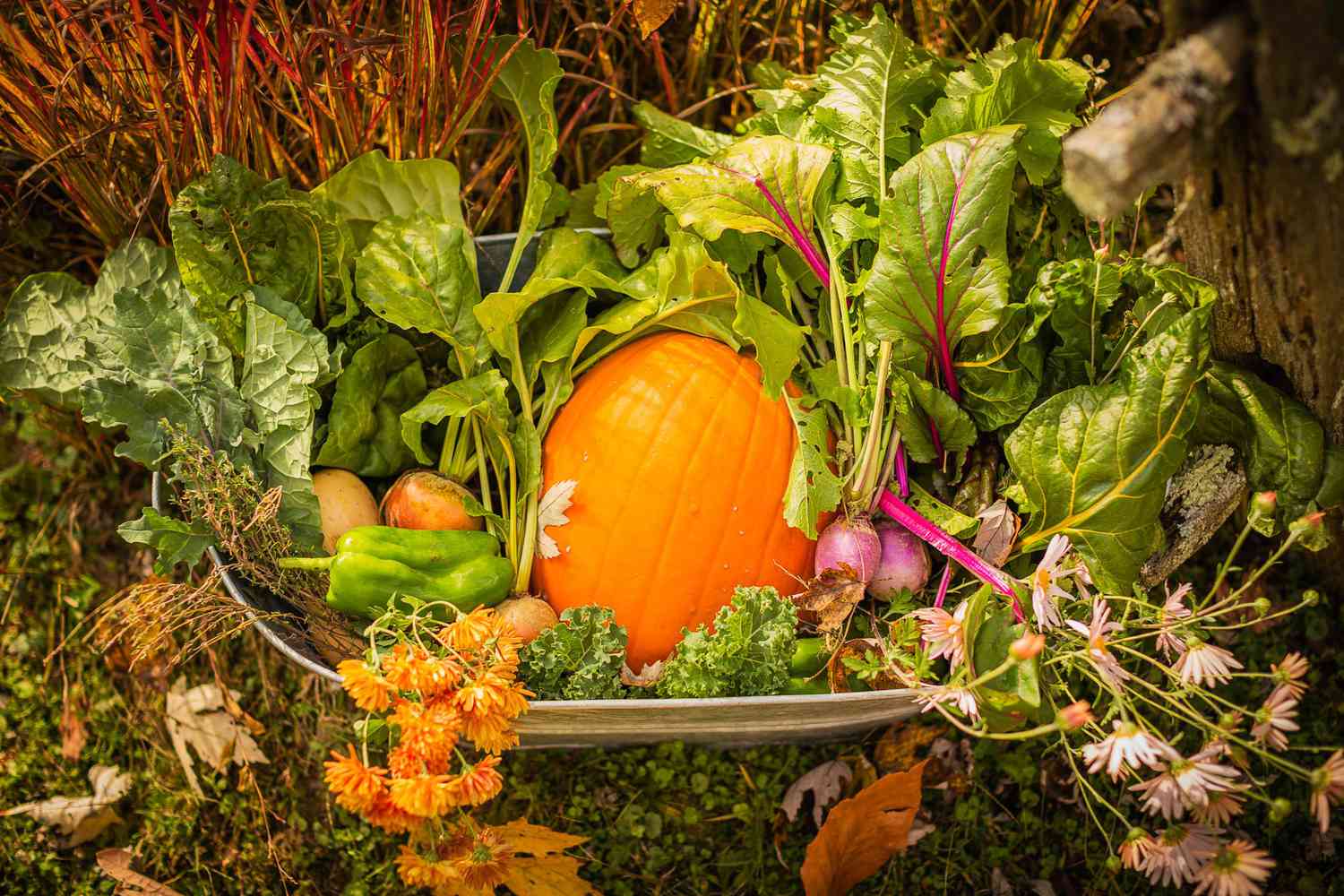
Excerpt:
Fall is a great time to start vegetable gardening, as cooler temperatures can boost growth and yield. Learn how to grow your favorite veggies for a bountiful fall harvest.
Introduction
As the heat of summer fades, many gardeners begin to look forward to the cool, crisp days of fall. It’s the perfect time to plant vegetables that thrive in cooler weather. Fall vegetable gardening can lead to a bountiful harvest just in time for cozy meals and festive gatherings. In this article, we’ll explore essential tips for vegetable gardening for fall, ensuring a successful and productive season.
1. Choose the Right Vegetables
The first step in successful fall gardening is selecting the right vegetables. Some plants thrive in cooler temperatures, while others struggle when the weather starts to cool. Good fall vegetables include leafy greens, root crops, and hardy brassicas.
- Leafy Greens: Lettuce, spinach, and kale are excellent choices for fall gardening. These greens grow quickly and can tolerate the cooler weather.
- Root Vegetables: Carrots, beets, and radishes are perfect for fall planting. These root vegetables grow well when the soil is cool but not frozen.
- Brassicas: Broccoli, cauliflower, and cabbage are resilient to the chill of fall and grow well in this season.
When selecting vegetables, make sure to consider your local climate and planting zones to ensure the best success.
2. Prepare Your Soil
Soil preparation is key to a thriving fall garden. Start by clearing your garden beds of any summer plants that have finished producing. Then, amend the soil with compost or well-rotted manure to improve its fertility. The cooler temperatures of fall can cause the soil to become compacted, so it’s important to loosen the soil as well.
Incorporating organic material into the soil will ensure that your fall vegetables have all the nutrients they need to grow strong and healthy. Additionally, ensure the pH levels of the soil are appropriate for the plants you intend to grow.
3. Consider Raised Beds or Containers
Raised beds and containers can be especially useful in fall gardening. These options allow for better soil control and can warm up quicker in cooler weather. If you live in an area with colder winters, raised beds can also help extend the growing season by providing better drainage and preventing soil from becoming too soggy.
Planting in containers allows for flexibility, as you can move your plants around to optimize sunlight exposure. Additionally, container gardening makes it easier to control the soil conditions for each plant.
4. Plant at the Right Time
Timing is crucial for fall vegetable gardening. Planting too early or too late can affect the growth of your vegetables. Most fall vegetables need to be planted about 6 to 8 weeks before the first frost to ensure they have enough time to mature.
For areas with mild winters, you may even be able to plant some vegetables later in the fall and enjoy a harvest through the cooler months. It’s helpful to check the local frost dates and plan your planting accordingly.
5. Use Row Covers for Protection
As the weather cools, your fall crops may need protection from frost and heavy winds. Using row covers or cold frames can help shield your plants from early frosts. Row covers create a mini-greenhouse effect, keeping the plants warm while still allowing them to receive sunlight.
Cold frames are another excellent option for extending the growing season. These structures trap heat during the day and protect plants at night, creating a favorable growing environment even as temperatures drop.
6. Water and Mulch Regularly
Although fall weather tends to be cooler, it’s still important to water your plants regularly. During dry spells, your vegetables will need moisture to thrive. However, make sure not to overwater, as the cooler temperatures will slow evaporation, and too much water can cause root rot.
Mulching around your plants is another important step in fall vegetable gardening. A layer of mulch helps to retain moisture, regulate soil temperature, and suppress weeds. As the weather cools, mulching also protects the roots from extreme fluctuations in temperature.
7. Harvest and Enjoy Your Crops
One of the best parts of vegetable gardening for fall is the harvest. Fall vegetables like carrots, beets, and leafy greens are often sweeter when grown in cooler temperatures. Keep an eye on your plants, and harvest them once they have reached their full maturity. Regular harvesting encourages new growth and ensures that you’re enjoying the best flavors.
Conclusion
Vegetable gardening for fall offers many rewards, from vibrant greens to hearty root vegetables. With careful planning and attention to soil health, timing, and weather conditions, your fall garden can be a thriving success. By choosing the right plants and preparing your garden space, you’ll enjoy a bountiful harvest before the holidays. For more information on hydroponic gardening and other growing tips, visit South El Monte Hydroponics to learn more about optimizing your garden.






Leave a Reply